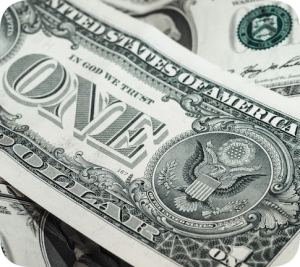 The U.S. dollar is the world’s most important currency, serving as one side of 90 percent of all foreign exchange transactions. Before the pandemic, the U.S. dollar accounted for $6 trillion in daily activity as everyone from tourists to multinational corporations depended on this customarily stable currency. After the turmoil of the last few years, however, the dependable dollar has skyrocketed in value to its highest level in 20 years.
The U.S. dollar is the world’s most important currency, serving as one side of 90 percent of all foreign exchange transactions. Before the pandemic, the U.S. dollar accounted for $6 trillion in daily activity as everyone from tourists to multinational corporations depended on this customarily stable currency. After the turmoil of the last few years, however, the dependable dollar has skyrocketed in value to its highest level in 20 years.
The value of the dollar has jumped 10 percent in 2022 alone, sending shockwaves through the global economy as other currencies crash as a result. In normal circumstances, the dollar shifts day-to-day in tiny fractions, a far cry from the significant swings that have occurred recently. As the Federal Reserve raises interest rates, investors are pouring money into government securities like Treasury bonds as they look to take advantage of higher returns. While this influx of cash has greatly increased the value of the dollar, dozens of global currencies have seen their value drop in comparison.
For instance, last week the Japanese yen dropped to a 24-year low while the euro reached parity with the dollar for the first time in history, meaning that it now exchanges at a one-for-one rate. “It’s a very, very strong dollar,” said former Treasury official Mark Sobel. Analysts at Bank of America estimate that the Fed’s increased interest rates could be responsible for as much as half of the dollar’s recent leap in value. Although global economies tend to struggle when the dollar is strong, American consumers can usually take advantage of low exchange rates by enjoying cheap vacations abroad. That’s not so easy to accomplish this time, though, since airfares have increased significantly due to rising fuel prices.
Questions:
- Why has the value of the dollar skyrocketed recently, and why have global currencies dropped in value as a result?
- How do Americans usually take advantage of low exchange rates, and why is that difficult to accomplish this time around?
